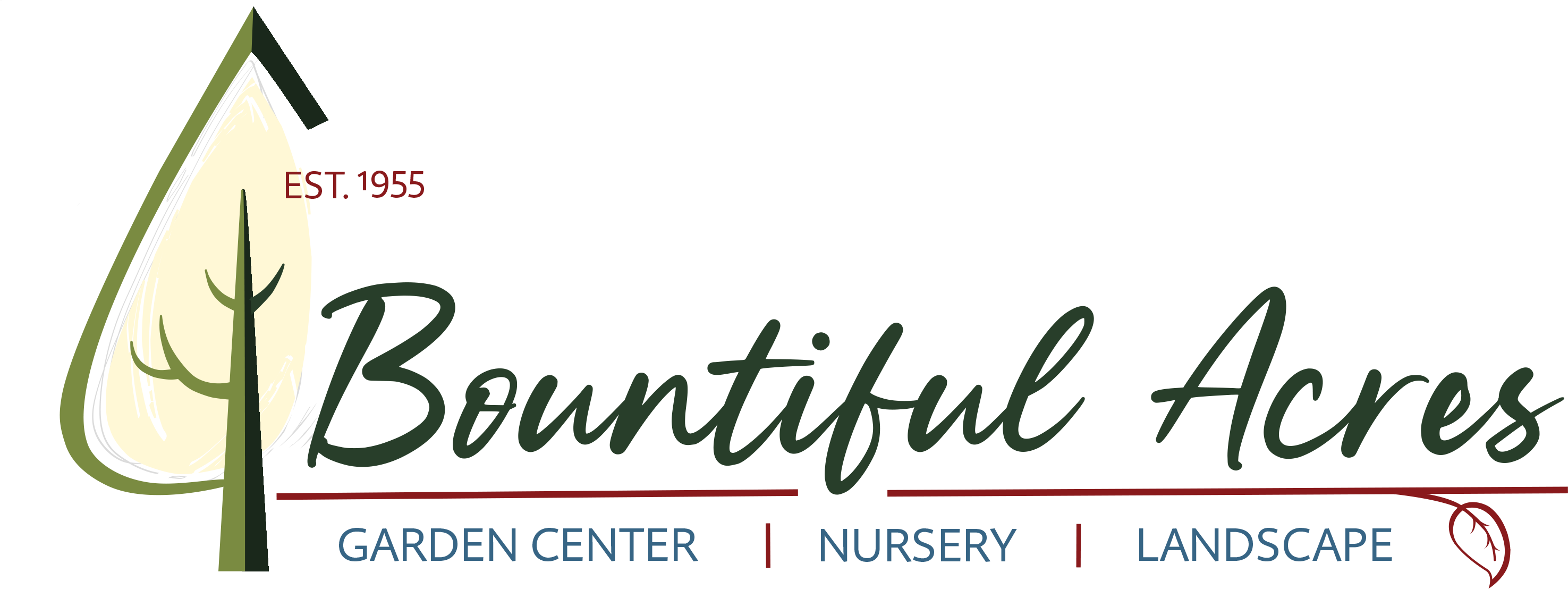In the intricate tapestry of nature’s ecosystem, pollination stands as one of the most vital processes. It’s the delicate mechanism that enables the reproduction of plants. While bees are often given the limelight as pollinators, let’s not forget the enchanting role that butterflies play in this symphony of life. Their vibrant colors and graceful flight make them not just a visual delight but also essential agents of pollination, particularly for a variety of flowers that have adapted to attract them.
The Butterfly’s Pollination
Butterflies, with their unique beauty and striking hues, serve a larger purpose than visual appeal. They are unwitting pollinators, transferring pollen from one flower to another as they flit from bloom to bloom in search of nectar. Unlike bees that have specialized structures to carry and store pollen, butterflies use their legs and proboscis – a long, slender tube-like tongue – to obtain nectar. In the process, they brush against the reproductive parts of the flower, transferring pollen and facilitating fertilization.
Flowers that Attract Butterflies
While butterflies are attracted to a variety of flowers, certain characteristics make blooms especially appealing to them. Color, scent, shape, and the availability of nectar are key factors that determine whether a flower will entice these charming pollinators. Bright and vibrant colors like red, orange, pink, and purple are particularly attractive to butterflies. These hues stand out amidst the surrounding foliage, acting as beacons that guide the insects to the source of nectar. Flowers with a strong, sweet scent are also more likely to catch a butterfly’s attention, as they rely on their sense of smell to locate food.
In terms of shape, butterflies prefer flowers with broad, flat landing platforms that provide them easy access to nectar. Tubular flowers can also be suitable, especially for species with longer proboscises. Examples of flowers that butterflies love include coneflowers, zinnias, black-eyed Susans, butterfly bush, and milkweed. Milkweed, in particular, serves a dual purpose – it provides nectar for adult butterflies and serves as a host plant for monarch butterfly larvae.
Seasonal Synchrony: Timing is Everything
The timing of flowering is crucial for attracting butterflies. Different butterfly species are active at different times of the year, so having a variety of plants that bloom throughout the seasons ensures a consistent supply of nectar. Early spring flowers like crocuses and dandelions provide essential sustenance for butterflies emerging from hibernation. Summer favorites such as lavender, marigolds, and phlox keep butterflies well-fed during their peak activity. As fall approaches, asters and goldenrods become important food sources, helping butterflies prepare for winter or migration.
Crafting Your Pollinator Paradise
Creating a pollinator garden that beckons butterflies is a rewarding endeavor that not only benefits these insects but also contributes to the biodiversity of your local ecosystem. To plan your butterfly-friendly garden, consider the following:
- Plant Diversity: Select a variety of flowers that bloom at different times to cater to a range of butterfly species.
- Native Plants: Opt for native plants as they’re adapted to your region’s climate and will likely attract local butterfly species.
- Color Palette: Incorporate a vibrant mix of colors, especially those that butterflies find irresistible.
- Host Plants: Include host plants like milkweed that cater to butterfly larvae, supporting the complete lifecycle.
- Water Source: Butterflies need water for drinking and puddling (gathering minerals), so include a shallow dish with water and wet sand.
- Sunlight: Most butterfly-friendly plants thrive in sunny spots, so choose a location that receives ample sunlight.
- Avoid Pesticides: Minimize or eliminate pesticide use, as they can harm both butterflies and their caterpillars.
- Shelter and Resting Spots: Incorporate shrubs, trees, and other structures to provide shelter from wind and predators.
- Maintenance: Regularly maintain your garden by deadheading flowers and removing weeds to keep it inviting for butterflies.
At Bountiful Acres, we have a walk-through butterfly atrium that puts the life cycle of butterflies and their process of pollination on display. Our garden experts are also available to help you plan a successful pollinator garden year-round. By understanding the nuances of butterfly pollination and crafting a garden that caters to their needs, we can all contribute to the preservation of these captivating creatures and the ecosystems they sustain.
By considering these factors, you can select a diverse range of flowers that will thrive in your flower bed, provide a visually pleasing display, and cater to your specific preferences and needs. Stop in to our garden center to see our seasonal blooms and talk to one of our experts to get started on a custom flower bed.





